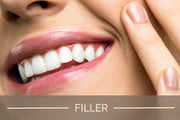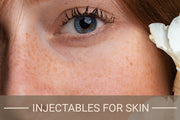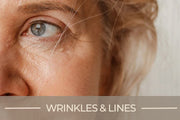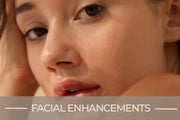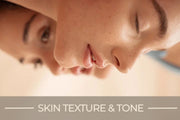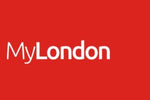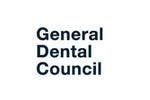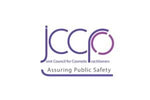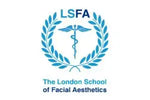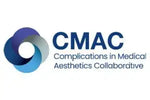Should I Move My Forehead After Botox?
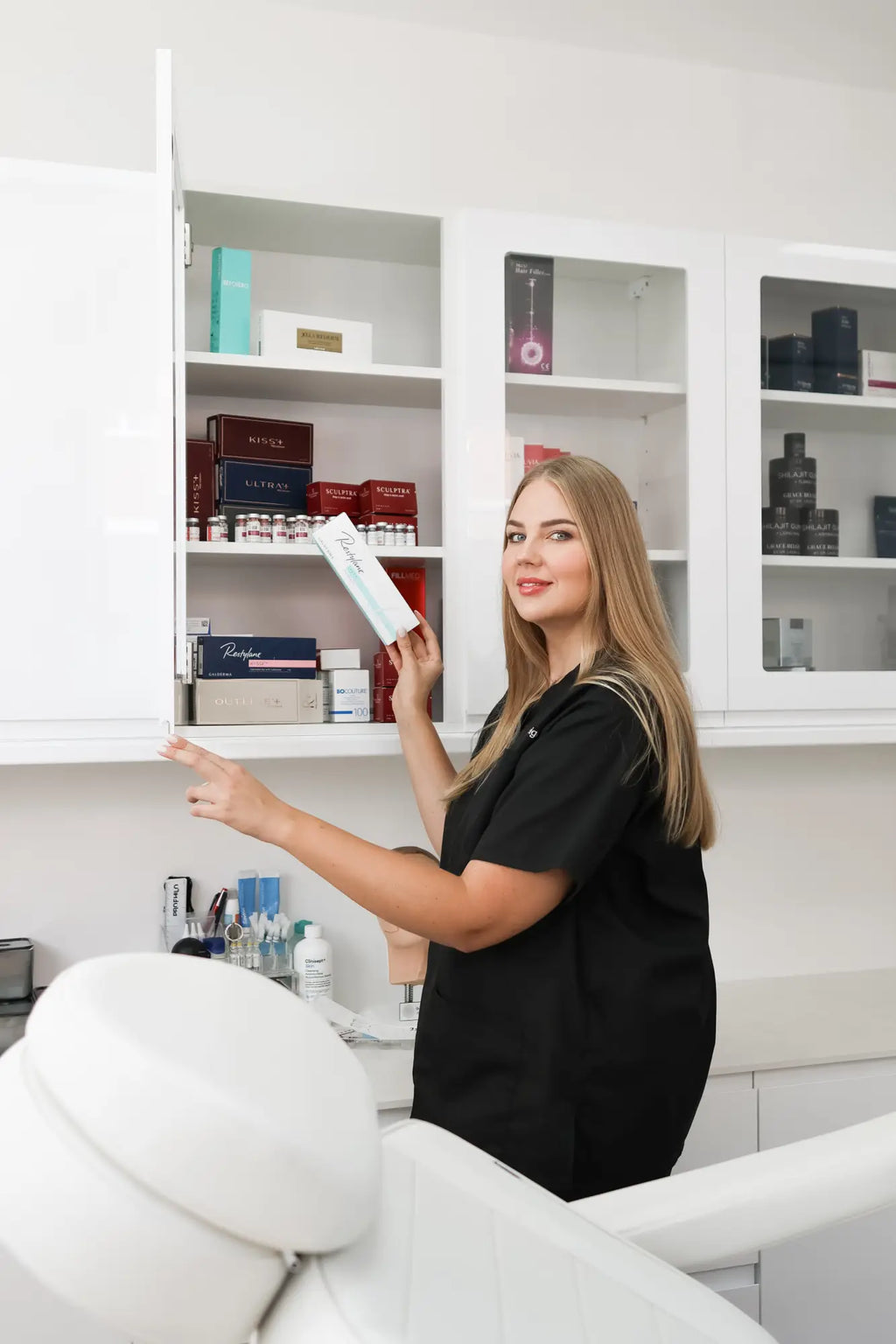
Content Verification



🔍 Quick Summary 🔍
- After your Botox, give your forehead a little rest – no need for frantic movements straight away! 🤷♀️
- ✨ Let the treatment settle properly for the best results. ⏳
- 🤲 Avoid rubbing or massaging the area; a gentle touch is the way to go. 🚫
- 💉 Stick to your practitioner's aftercare advice to keep things on track. 👍
💡 Expert Advice & Tips 💡
😌 Keep calm and let your Botox do its magic – patience really is a virtue!
- 🧘♀️ Avoid strenuous activities for the rest of the day to help the treatment settle. 🛋️
- ⚖️ Remember, a little movement is fine but too much might work against you.
- ✔️ Always follow your practitioner's guidance for a flawless finish. 👩⚕️
Botox treatments are a popular choice for reducing wrinkles and achieving a youthful appearance. Whether you’re considering Botox anti-wrinkle injections or other Botox anti-ageing treatments, understanding proper aftercare is crucial for optimal results. Proper aftercare, including how to manage forehead movement post-treatment, can significantly influence the effectiveness of your Botox for wrinkles. This article will explore whether you should move your forehead after Botox, providing expert insights to ensure your Botox injections deliver the best outcomes. For comprehensive aftercare tips, refer to our article on Botox Injections Aftercare. By following the guidance here, you can maximise the benefits of your Botox treatments in London.
Understanding Botox Injections
Botox injections are a widely sought-after solution for reducing the appearance of facial wrinkles. Understanding how Botox works is essential for anyone considering this treatment.
Botox for wrinkles functions by temporarily relaxing the muscles that cause fine lines and deeper creases. When injected into specific areas of the forehead, around the eyes, or between the brows, Botox inhibits nerve signals to the muscles. This relaxation smoothens the skin, resulting in a more youthful and refreshed appearance.
Botox anti-wrinkle and anti-ageing treatments are popular choices for those looking to maintain a natural look without invasive procedures. These treatments can effectively target various types of wrinkles, including frown lines, crow’s feet, and forehead lines. By addressing these areas, Botox helps in preventing the formation of new wrinkles and reduces the prominence of existing ones.
Understanding the mechanics of Botox injections and their role in anti-wrinkle treatments provides a solid foundation for making informed decisions about your aesthetic goals. Whether you opt for Botox in London or seek a nearby provider, knowing how Botox for wrinkles works can enhance your treatment experience and results.
Common Aftercare Recommendations
Proper aftercare following Botox injections is vital to achieve the best possible results. Adhering to recommended guidelines ensures the treatment’s effectiveness and minimizes potential complications.
General Tips Post-Botox Treatment
After receiving Botox injections, it is important to take certain precautions to enhance the treatment outcome. Avoid lying down or bending over for at least four hours to prevent the Botox from migrating to unintended areas. Refrain from vigorous exercise and excessive heat exposure, such as saunas or hot showers, for 24 hours post-treatment. Additionally, avoid massaging or applying pressure to the treated areas to maintain the Botox’s placement.
Importance of Following Professional Advice
Following the advice of your healthcare provider is crucial for optimal Botox results. Professionals tailor aftercare instructions based on individual needs and treatment areas, ensuring safety and effectiveness. Ignoring these guidelines can lead to suboptimal outcomes or increase the risk of adverse effects. Always consult with your practitioner if you have any concerns or experience unusual symptoms after your Botox injections.
For more comprehensive aftercare tips, refer to our parent article on Botox Injections Aftercare. This resource provides detailed information to help you maintain your Botox treatments and achieve long-lasting, natural-looking results.
Should You Move Your Forehead After Botox?
After receiving Botox injections, many wonder if they should limit forehead movement. Understanding the impact of moving your forehead is key to maintaining the desired results.
Dr. Laura Geige, Medical Director and Senior Practitioner from It’s Me & You Clinic, explains that "minimising forehead movement immediately after Botox treatments is crucial. Excessive movement can cause the Botox to migrate, potentially reducing its effectiveness and altering the desired results." This highlights the importance of gentle facial movements following your Botox anti-wrinkle injections.
Excessive forehead movement shortly after Botox treatments can interfere with the success of the procedure. Overusing the forehead muscles may cause the Botox to spread to unintended areas, leading to uneven results or diminished wrinkle reduction. To ensure the Botox stays in place, it is recommended to keep facial movements gentle and avoid strenuous activities that engage the forehead muscles for at least 24 hours post-injection.
Risks of Moving Your Forehead Too Soon
Moving your forehead too soon after Botox injections can lead to several complications. Understanding these risks is essential to ensure the effectiveness of your treatment.
Dr. Giedre Narkiene, a specialist in dermatology, explains, "Premature movement of the forehead can compromise the precise placement of Botox, leading to uneven results and reduced efficacy. It is important to follow post-treatment guidelines to maintain the integrity of the injections and achieve the best possible outcomes."
Improper movement after Botox anti-ageing treatments may cause the injected Botox to disperse to unintended muscles. This can result in an asymmetrical appearance, such as uneven wrinkles or an unnatural look. Additionally, excessive movement can shorten the duration of the treatment’s effects, necessitating more frequent injections to maintain the desired results.
Engaging in activities that strain the forehead muscles, such as intense facial expressions or vigorous exercise, within the initial 24 hours post-injection can significantly impact the outcome of your anti-wrinkle treatments. It is crucial to follow your practitioner’s advice to avoid these risks and ensure that your Botox for wrinkles delivers the best possible results.
Recommended Practices for Forehead Movement
Proper management of forehead movement after Botox injections is essential for maintaining the treatment’s effectiveness. Adhering to safe movement practices helps ensure lasting and natural-looking results.
Dr. Snieguole Geige, Dentist, Medical Doctor, and Senior Adviser, advises, "It is important to allow the Botox to settle without undue strain on the forehead muscles. Gentle movements and avoiding excessive facial expressions in the first 24 hours can significantly enhance the treatment outcome." Her expertise highlights the necessity of careful post-treatment behaviour to preserve the benefits of Botox anti-wrinkle injections.
Guidelines on When and How to Move the Forehead Safely
To move your forehead safely after Botox treatments, follow these essential guidelines:
- Limit Facial Movements: Refrain from making intense facial expressions such as frowning or squinting for at least 24 hours post-injection.
- Avoid Strenuous Activities: Steer clear of vigorous exercise and activities that increase blood flow to the face during the initial recovery period.
- Sleep Position: Sleep with your head elevated and avoid lying on your stomach to prevent unwanted pressure on the treated areas.
Practical Tips to Maintain Botox Results Without Strain
Implementing practical strategies can help maintain your Botox results while avoiding strain:
- Gentle Touches: When touching or cleansing your face, use gentle motions to prevent displacing the Botox.
- Hydration: Keep your skin well-hydrated to support overall skin health and enhance the longevity of your Botox treatments.
- Follow-Up Appointments: Attend all scheduled follow-up appointments with your practitioner to monitor your progress and make any necessary adjustments.
For those seeking Botox near me or Botox Treatments in London, it is crucial to choose a reputable provider who can offer personalised aftercare advice. Following these recommended practices will help you achieve the best possible outcomes from your Botox anti-ageing treatments, ensuring a smooth and natural appearance.
Connecting to Overall Botox Aftercare
Managing forehead movement is just one component of comprehensive Botox aftercare. Integrating this with other aftercare practices ensures the longevity and effectiveness of your Botox treatments.
Comprehensive Botox Injections Aftercare involves a range of strategies that support the treatment’s success. From avoiding certain activities to following skincare routines, each aspect plays a crucial role in maintaining your Botox results. Proper aftercare not only enhances the immediate effects but also contributes to lasting improvements, helping you achieve your aesthetic goals more effectively.
To fully understand how to care for your Botox treatments, including managing forehead movement and other essential practices, refer to our parent article on Botox Injections Aftercare. This guide offers detailed strategies and expert advice to help you maintain and prolong the benefits of your Botox anti-wrinkle and anti-ageing treatments. By following a comprehensive aftercare regimen, you can maximise the results of your Botox Treatments and enjoy a smoother, more youthful appearance for longer.
Conclusion
Managing forehead movement after Botox injections is crucial for achieving optimal and lasting results. By following expert advice and adhering to recommended practices, you can enhance the effectiveness of your Botox anti-wrinkle and anti-ageing treatments. Always consult with your healthcare provider to tailor aftercare strategies to your specific needs, ensuring the best possible outcomes from your Botox treatments in London.
Disclaimer: This article is intended for informational purposes only and does not constitute medical advice. Please consult with a qualified healthcare professional before making any decisions regarding Botox treatments.
